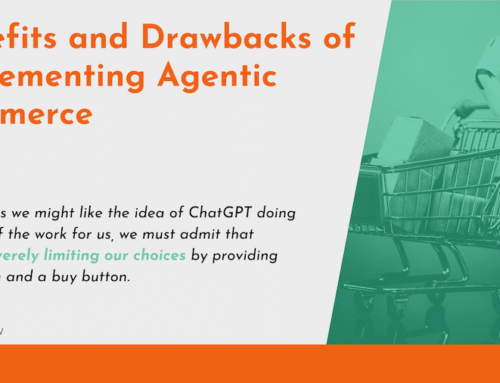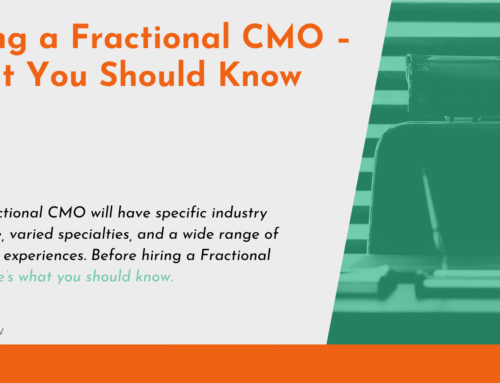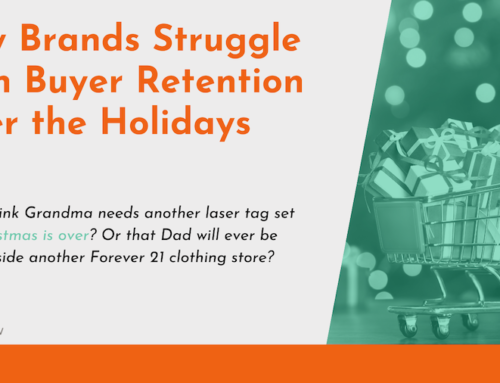Really, who has the marketing budget Coca-Cola and Nike can boast? Smaller companies sit in awe of the glitzy commercials and celebrity endorsements and think, “I could never do that.” Honestly, without those monster marketing budgets, you can’t. That doesn’t mean you can’t make a big impact with the money you have, though.
To make the biggest impact, you don’t have to make a splash. You just have to be savvy and patient in equal measure. Not many campaigns will bring customers in droves overnight, but you can build a steady stream of leads through your inbound marketing efforts. Want to know how? Here are 5 ways to make a huge impact with less money.
Know Your Buyers
If you don’t know who is buying your products or services, you’ve already lost the war. A deep understanding of your buyers and their pain points is necessary before you can do anything else.
Sam Mallikarjunan of HubSpot explains, “Your company’s buyer personas do much more than give you a target audience for your content. These are fictional characters created to flesh out real customers to help you focus your efforts, yes. They’re also a direct reflection of your company’s goals and ideals.” How you solve their problems becomes your company’s identity. If you miss this mark, you’ll miss every other one that follows. Read on, and you’ll see what I mean.
Provide Quality Content
Your customers crave quality content, whether you provide text, videos, or images. They want information about your company, including how you plan to solve their problems. Creativity goes a long way when it comes to content, but sometimes just the facts will reach people, too.
The beauty of your content is that you can use it in several ways. Website content is, of course, very important, but not everyone will find you first through your site. Social media, newsletters, and email marketing all rely on the media you create, and none of that requires more than your time. Even if you can’t do it all on your own, you don’t need a pricey marketing department. Outsourcing to freelancers will save you thousands, especially if you work with a contractor who understands the tactics discussed here.
Focus on SEO
You don’t need to spend millions for television and radio spots. No one pays attention to those ads anyway, unless you’ve spent millions more on a catchy commercial. No, one of the main focuses of your marketing efforts should be your SEO.
Search engine optimization takes time, patience, and specialized knowledge, but it doesn’t cost a lot to take your place at the top of search results. A large part of SEO is knowing your buyer personas and how they’ll search for you so you can create content they’ll love. Keywords are only a small part of this, too, so don’t get caught up in stuffing search phrases into your website. Instead, focus on the quality of the content you provide and the pain points you solve for your customers. Google loves that kind of quality and will reward you kindly.
Don’t you want people to find you when they really need you instead of ignoring your commercials? That’s what I thought.
Segment Contact Lists
Knowing how to slice your contact list into relevant chunks will save you so much time and effort while also giving you the ability to deliver pertinent information to those who are ready to see it.
Why would you send the same offers and discounts to your loyal, long-time customers as you would to a brand-new lead? The buyers who don’t fit that particular message will toss the email in their trash. If you’re lucky, they won’t mark you as spam or unsubscribe. If you’re blasting everyone in your contact list with the same information, you’re spinning your wheels. And time is money you don’t have, right?
Use That Social Media
So far, these tips for marketing on a budget focus on behind-the-scenes work—those tasks that require patience and persistence. When you do want to make a splash with your branded content and get out there in front of your audience, take to your Twitter or Facebook accounts. Your social media is a great way to firmly establish your brand and reach out to a wider audience at any time. Many companies have successfully conveyed their identities through social media without ever once relying on “traditional” marketing techniques.
Before you sign up for every account out there, determine where your buyers are spending their time. Facebook is always a safe bet, but you don’t want to invest a lot of effort into Twitter and Instagram if your customers are high-level executives. LinkedIn is probably a better choice in this situation. If you do cater to a younger, trendier crowd, Instagram is a great way to share your company images, products, and activities—mostly because the platform is still completely free for businesses and doesn’t yet govern marketing efforts.
These techniques are a great start, but they still don’t cover everything. What would you suggest to reach your buyers without breaking the bank? I’d love to know your thoughts, so leave a comment to start a new conversation.






